CLASSIC film Coolie captured the attention of Bollywood fans around the world when it was released on December 2, 1983 because an accident on the set had nearly killed lead star Amitabh Bachchan, after a stunt went wrong.
The story of a boy separated from his mother, who grows up as a kind-hearted coolie working on a railway platform and stands up against wrongdoing, celebrates 40 years this week.
Eastern Eye decided to mark the occasion by sharing 40 facts connected to the iconic movie, including ones associated with the infamous incident on its set that prove the unmatchable magnitude of the Big B’s star power.
- Coolie was the highest grossing film of 1983 in India and was declared a super-hit.
- Manmohan Desai’s wife Jeevanprabha wrote the story, as she did for his other films. Desai himself drew inspiration from an interfaith story about a woman’s second marriage and added his own elements to it.
- Veteran screenwriter Prayag Raj directed the film. But to please the distributors, successful filmmaker Desai also credited himself in his home production.
- Despite the movie being set in Mumbai, the important railway scenes were shot at Bengaluru city station. That is why there was an acknowledgement to the city’s railway staff and police at the beginning.
- Waheeda Rehman had played Bachchan’s wife in Kabhi Kabhie and his mother in Coolie, despite only being four years older than him. In his multiple role movies Adalat and Mahaan, she played his wife and mother.
- Master Ravi played the young Bachchan in Coolie, as well as in Desai’s film Amar Akbar Anthony and Raj’s Geraftaar.
- Bachchan’s dynamic and whistle-inducing entry in Coolie is considered as not just his best entry scene, but one of the grandest in Indian cinema history. The Arabic background score was repeated for his entry in Geraftaar.
- The music was composed by LaxmikantPyarelal and lyrics written by Anand Bakshi. Desai got Shabbir Kumar to sing all the songs because he had always signed the late Mohammed Rafi, whose voice he sounded very similar to.
- Shabbir Kumar sang for Bachchan for the first time in Coolie, and all the songs became very popular. He would later sing for Bachchan in Mard and Aaj Ka Arjun. He also revealed that the Big B’s favourite playback singer Kishore Kumar convinced him to sing for him in Coolie.
- In the song Accident Hogaya Rabba Rabba Raj shouts ‘Allah Rakha’. It was an eerily ironic song title considering what happened to Bachchan on set. Raj had previously shouted ‘yahoo’ in the title track of Shammi Kapoor classic Junglee.
- Like in Dharam Veer and Mard, where Desai gave birds and animals key roles, Coolie had Ballu Eagle as Allah Rakha, who would help Bachchan and his family at critical junctures in the movie.
- Bachchan wore a badge with the number 786, similar to the one he wore in Deewaar.
- After Desai’s film Naseeb, Rishi Kapoor was once again given the supporting role (and the name Sunny) in Coolie. Like in Naseeb musical duet Chal Mere Bhai, his camaraderie with Bachchan was a delight to watch in the entertaining Lambuji Tinguji song.
- The short introduction music used for Rishi Kapoor’s entry in Rang Jamake from Naseeb is reused for a scene with him and Mukri in Coolie.
- Be it through dialogues, or songs like (in Anhoni Ko Honi Karde Amar Akbar Anthony) and John Jani Janardhan (in Naseeb), Desai brought together different faiths and promoted unity. Coolie was no exception, with the motivational Saari Duniya Ka Boj Hum Uthaate Hain showing the Muslim protagonist leading the call to prayer, celebrating Ganesh Chaturthi, and wooing the Christian heroine, all in one song.
- Artwork on old Indian matchboxes also includes a still of Bachchan from Coolie.
- Bachchan asked actor Dr Rajkumar to do a cameo scene in which the former would carry his luggage and then refuse payment, due to the high regard he had for him. But because the respect was mutual, and he wanted to stick to his regional films, the Kannada legend politely turned down the gesture.
- July 26, 1982, was the fateful day when Bachchan suffered his accidental abdominal injury during a mistimed fight scene at the hands of Puneet Issar in Bangalore.
- Bachchan had sustained a splenic rupture and had severe internal bleeding after the accident but didn’t realize the extent of his injury until three days later, when he was flown to Mumbai for urgent surgery. No ambulances were available in Mumbai due to the heavy monsoons. It was politician Babasaheb Thackeray who arranged transportation to Breach Candy hospital in his party’s ambulance.
- Bachchan remained in a coma at Breach Candy until a successful last ditch attempt to revive him, after he was briefly declared clinically dead on August 2, 1982. The day is considered as his rebirth and remembered each year as his second birthday.
- Bachchan’s critical state sent shockwaves throughout the country and united every Indian in mourning, grief, holding vigils, and with prayers at every faith’s place of worship. Some fans even offered to sacrifice limbs in exchange for their hero’s recovery.
- Indira Gandhi led the prayers and even visited the intensive care unit in which Bachchan was admitted. It was a first for a sitting prime minister to make such a gesture for a celebrity.
- Jaya Bachchan walked barefoot from the hospital to the city’s Siddhi Vinayak temple every day to pray for her husband’s recovery.
- After coming out of his coma, Bachchan didn’t immediately recognise his wife Jaya, other than knowing that she was connected to his children.
- Thousands of fans would crowd outside the hospital daily to give their blood. Veteran actor Mithun Chakraborty cut his chest to offer his blood for Bachchan.
- Gujarati fan Arvind Pandya ran over 400km backwards from Vadodara to Mumbai (and back) to pray for his hero’s life at Siddhi Vinayak temple. There is a painting in Bachchan’s home depicting this dedicated feat.
- It wasn’t reported, but Rishi Kapoor also suffered a minor accident with cuts on the same day as Bachchan. Kapoor was insistent on both of them performing their own stunts, while Bachchan reprimanded him for not taking enough precautions.
- It took months for Bachchan to recover, and the shooting of Coolie resumed on January 7, 1983, with the same fight sequence that had halted the film.
- Puneet Issar became the most hated person in the country for his part in the accident, losing work, as well as having thousands baying for his blood. Back on set, Bachchan approached Issar very warmly and affectionately, reassuring him that it was just an accident. They later starred in Bunty Aur Babli (2005), but didn’t have any scenes together. Issar had revealed that he struggled to find work in frontline Hindi cinema in the immediate aftermath of the accident and worked in B-grade movies.
- The fight scene was shown as a freeze frame on screen with a message for audiences about it being the moment that had seriously injured Bachchan. This had never been done before.
- The movie was edited by acclaimed filmmaker Hrishikesh Mukherjee, who was more famous for making subtler social dramas, many of which starred Bachchan. His only association with masala filmmaker Desai was seen as an odd working combination.
- The original ending of Coolie had Bachchan’s character dying, with the climax and funeral scene already filmed. But Desai wanted to do justice to the man who cheated death in real life and to the fans who had prayed for him. He changed the ending to show him surviving, by recreating his treatment in hospital, and showing prayers being offered for him at temples, mosques, churches and gurdwaras, just as it happened in reality.
- An unused sad version of Saari Duniya Ka Boj Hum Uthaate Hain, by Shabbir Kumar, depicting Bachchan’s death in the original ending can be found on YouTube.
- Bachchan’s closing speech just before the film ended replicated a real life expression of gratitude to all those innumerable people who had prayed for his recovery. He acknowledged that they were of all faiths by wearing multiple symbols of religious identity in the scene. To date, he believes their prayers kept him alive.
- Since recovering, Bachchan has been greeting thousands of his fans every Sunday outside his house without fail. The only exceptions being when he’s away from home and in lockdown situations.
- Bachchan later revealed that the very night before the accident, his Shakti and Namak Halaal co-star Smita Patil had called him at 2am, asking if he was ok because she had just had a bad dream about him being seriously injured.
- The Big B made a pilgrimage to Ayyappa Temple, Sabarimala, after recovery. He also abstained from the things considered as vices.
- Many movies got shelved or abandoned after Bachchan’s injury, including Khabardar, Shatranj, Aukaat, Jaahil and Lambai Chaudai.
- Raj, the writer-director of the movie, passed away this year on September 23 aged 88. Along with directing Coolie and Geraftaar, he also worked on Bachchan starrers Amar Akbar Anthony, Naseeb, Suhaag, Mard, and the unreleased film Zamaanat.
- Desai was arguably the director most synonymous with Bachchan during his peak, with the latter being on home turf on his sets. He never portrayed the Big B as a rich or upper class protagonist in any of his films, but always as a larger than life common man from a humble background or with a dutiful job – all were characters which Bachchan always did justice to like he did in Coolie.

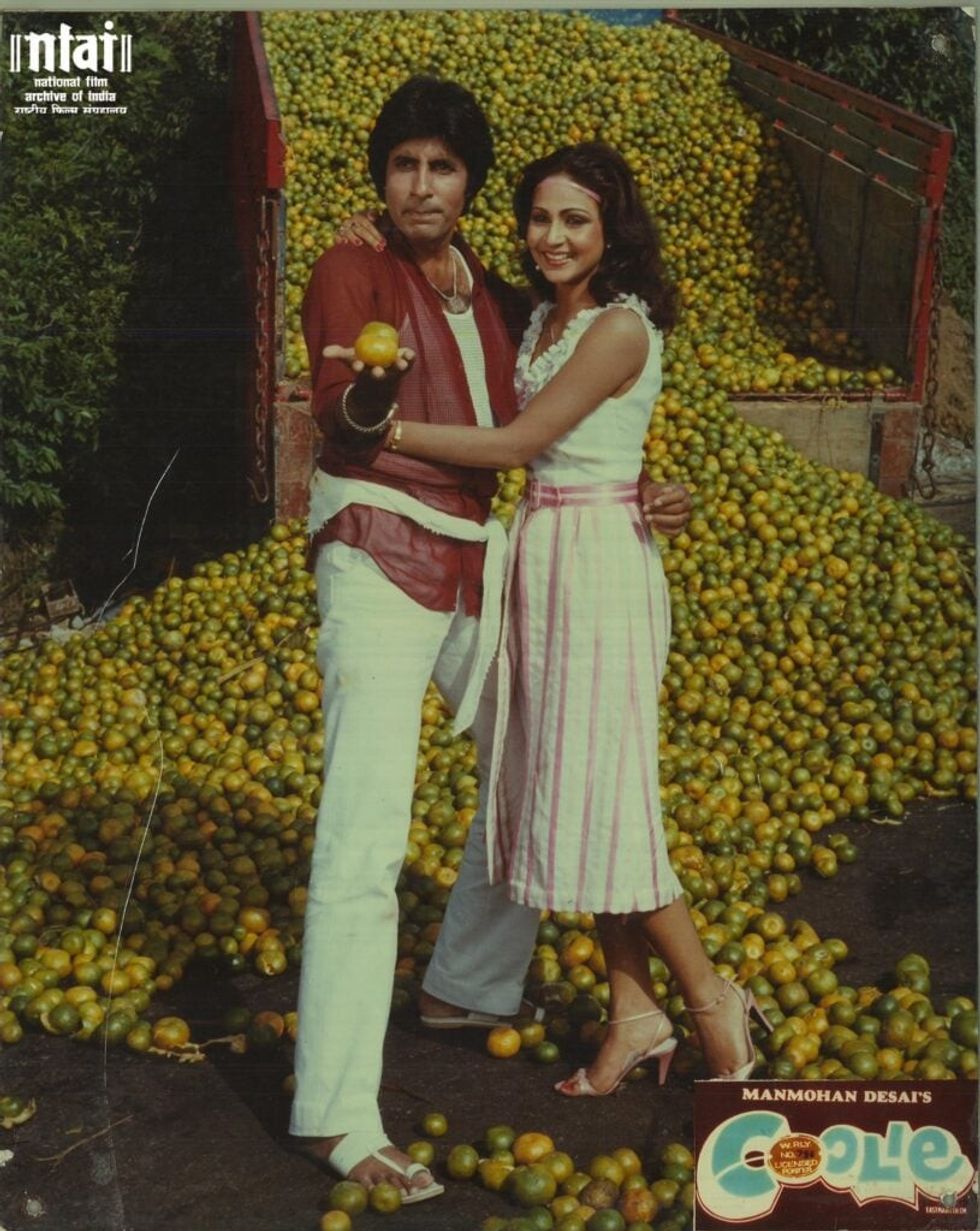
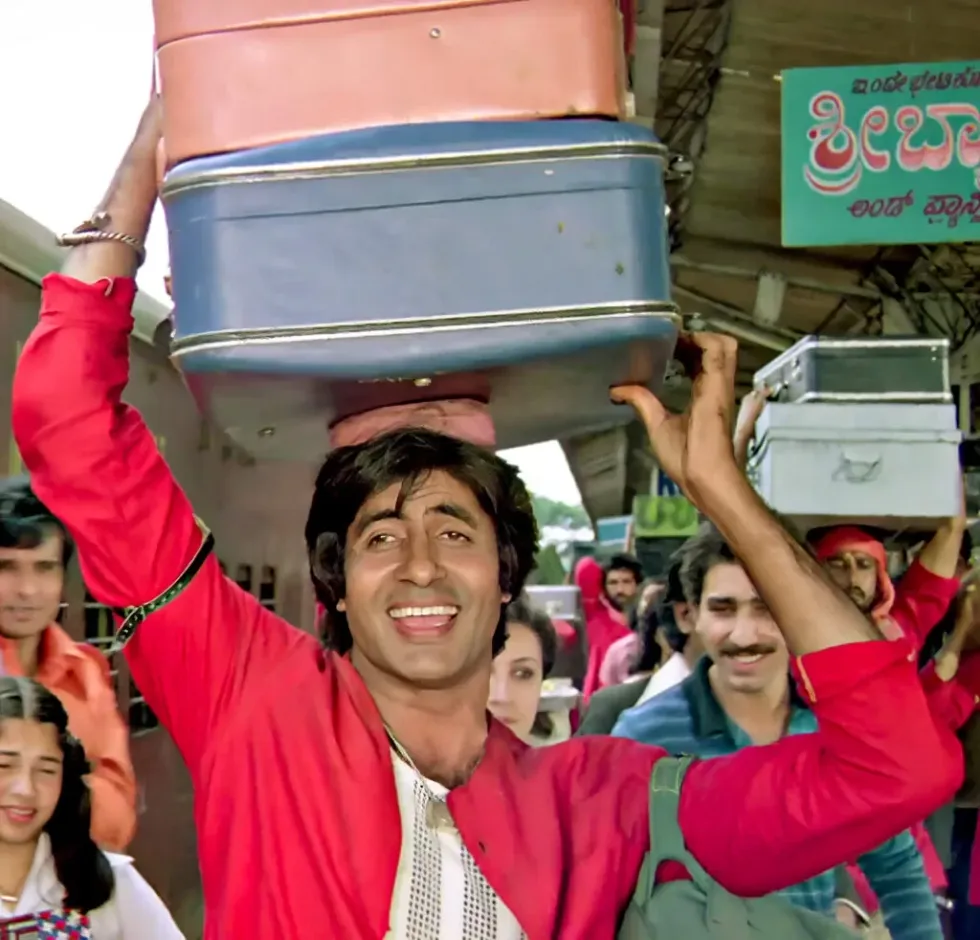
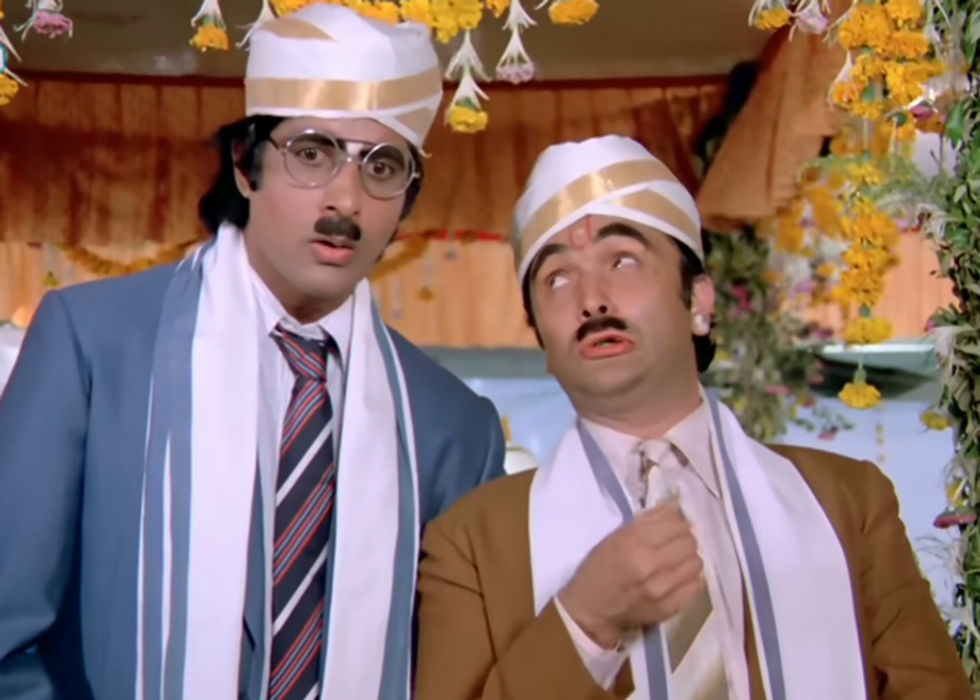
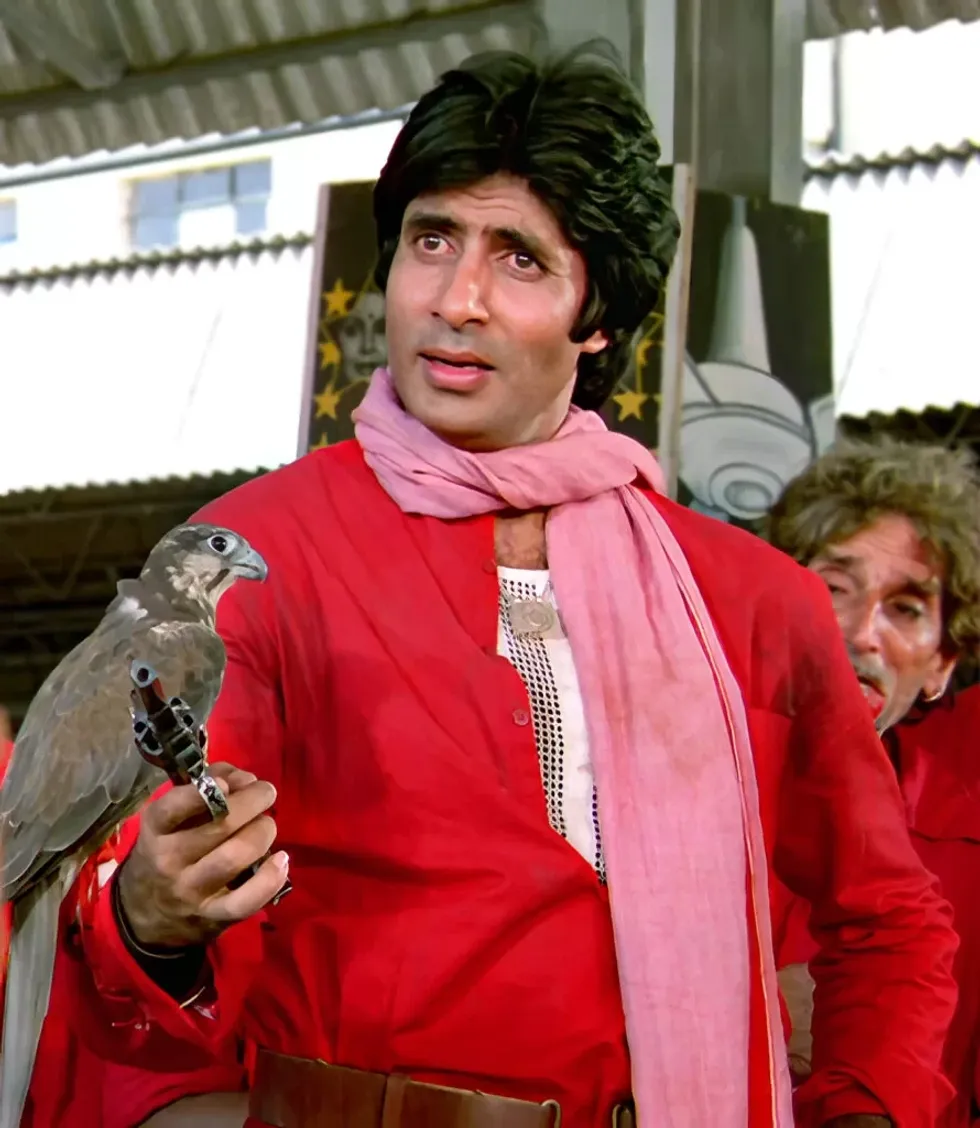
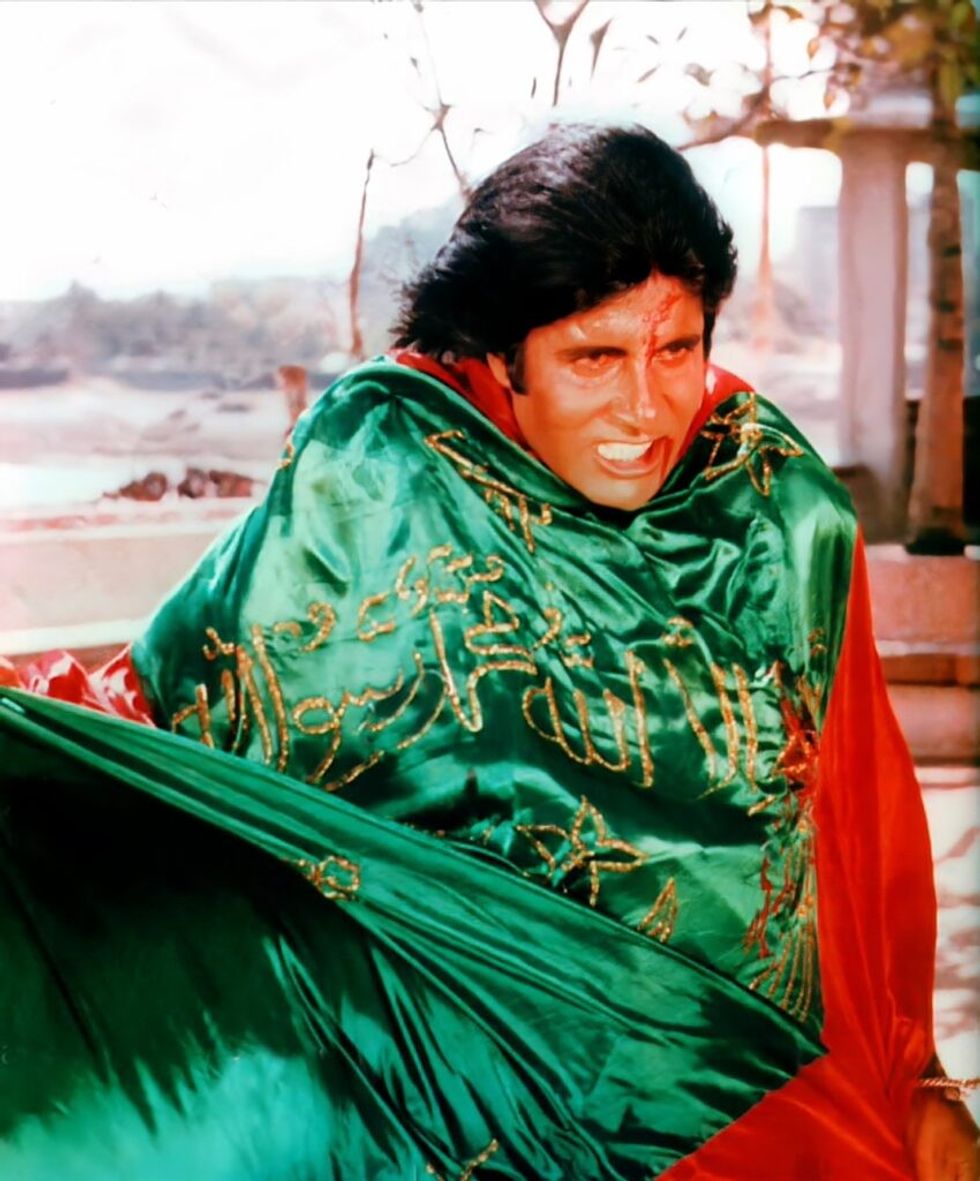





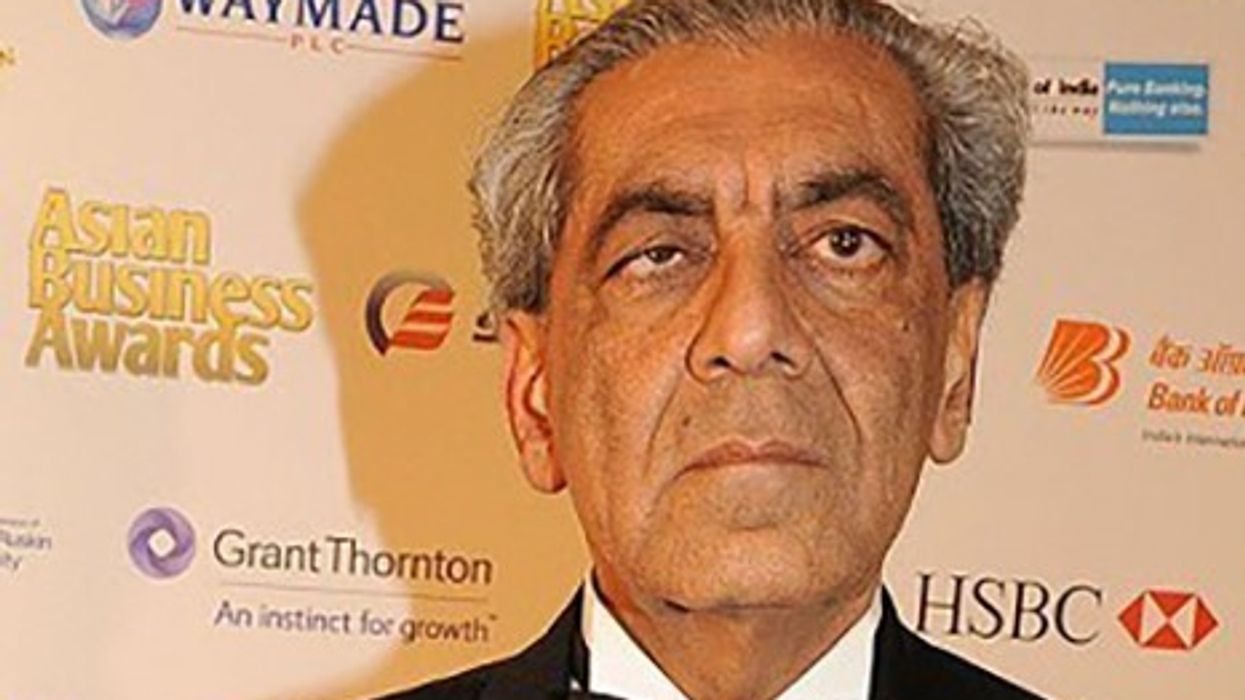





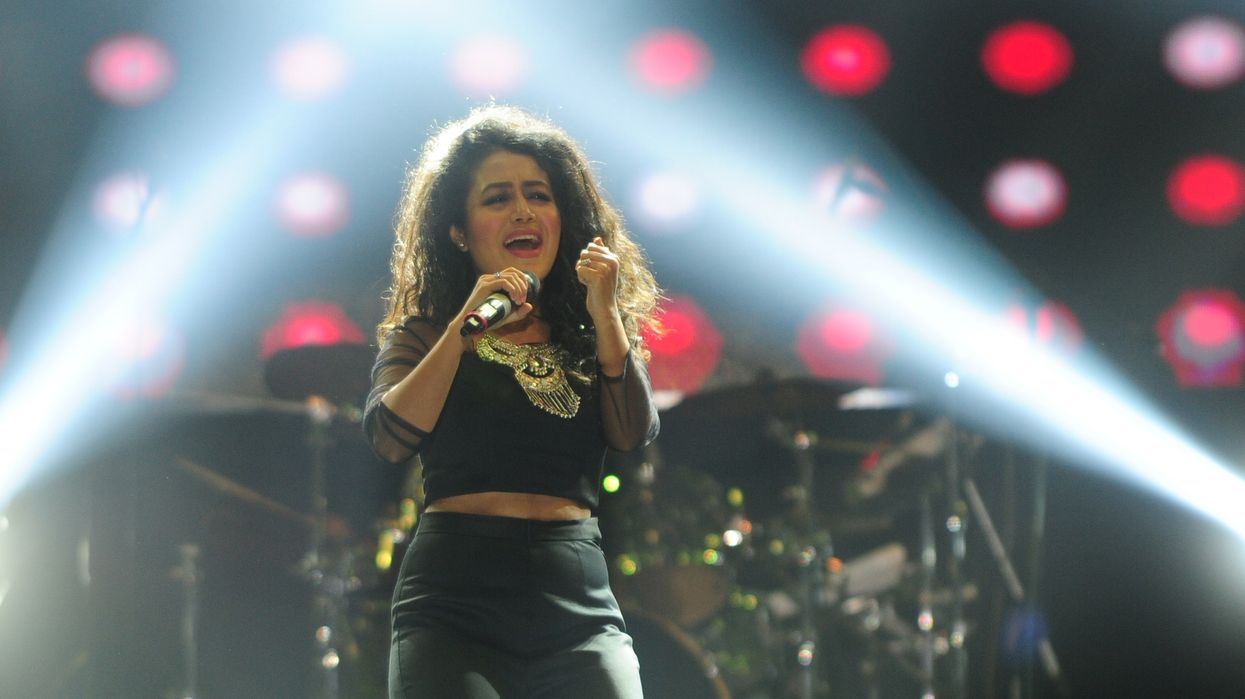




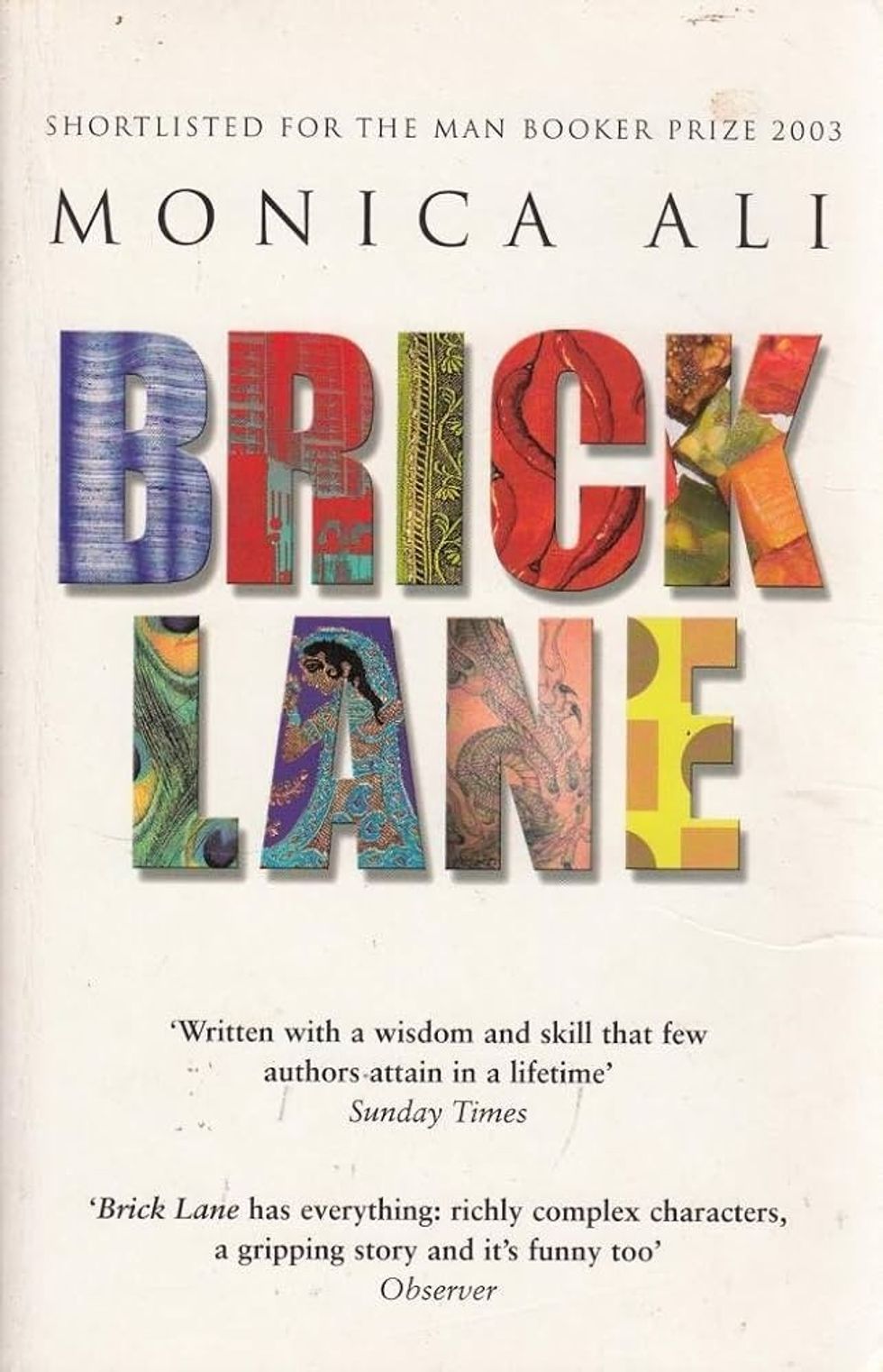 Her book
Her book
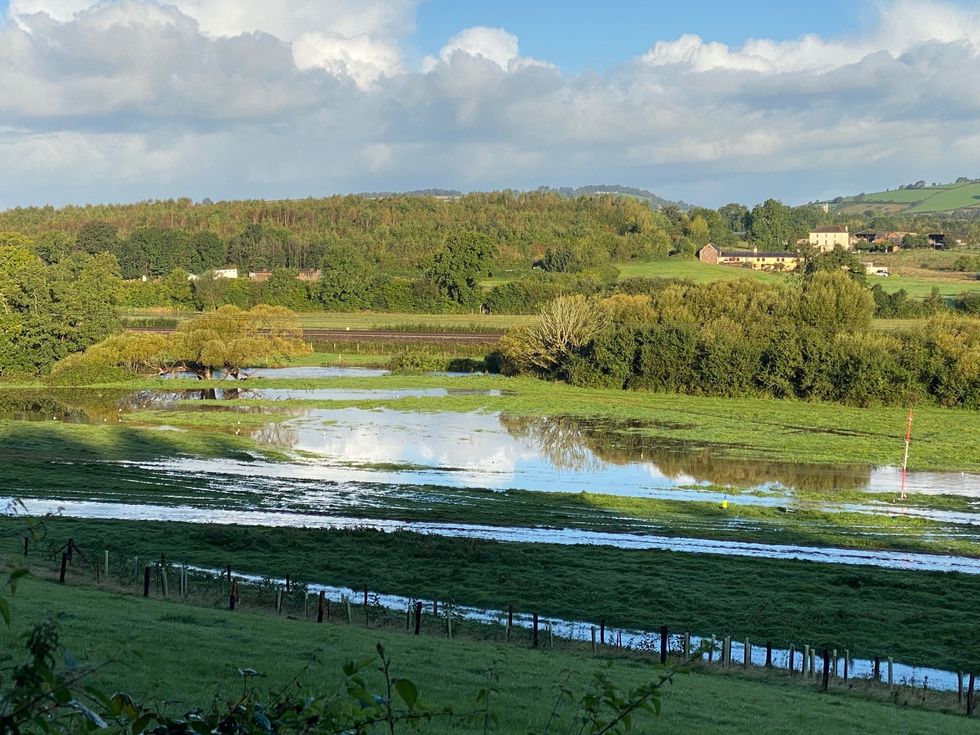 The newly restored River Culm floodplain at Killerton, Devon
The newly restored River Culm floodplain at Killerton, Devon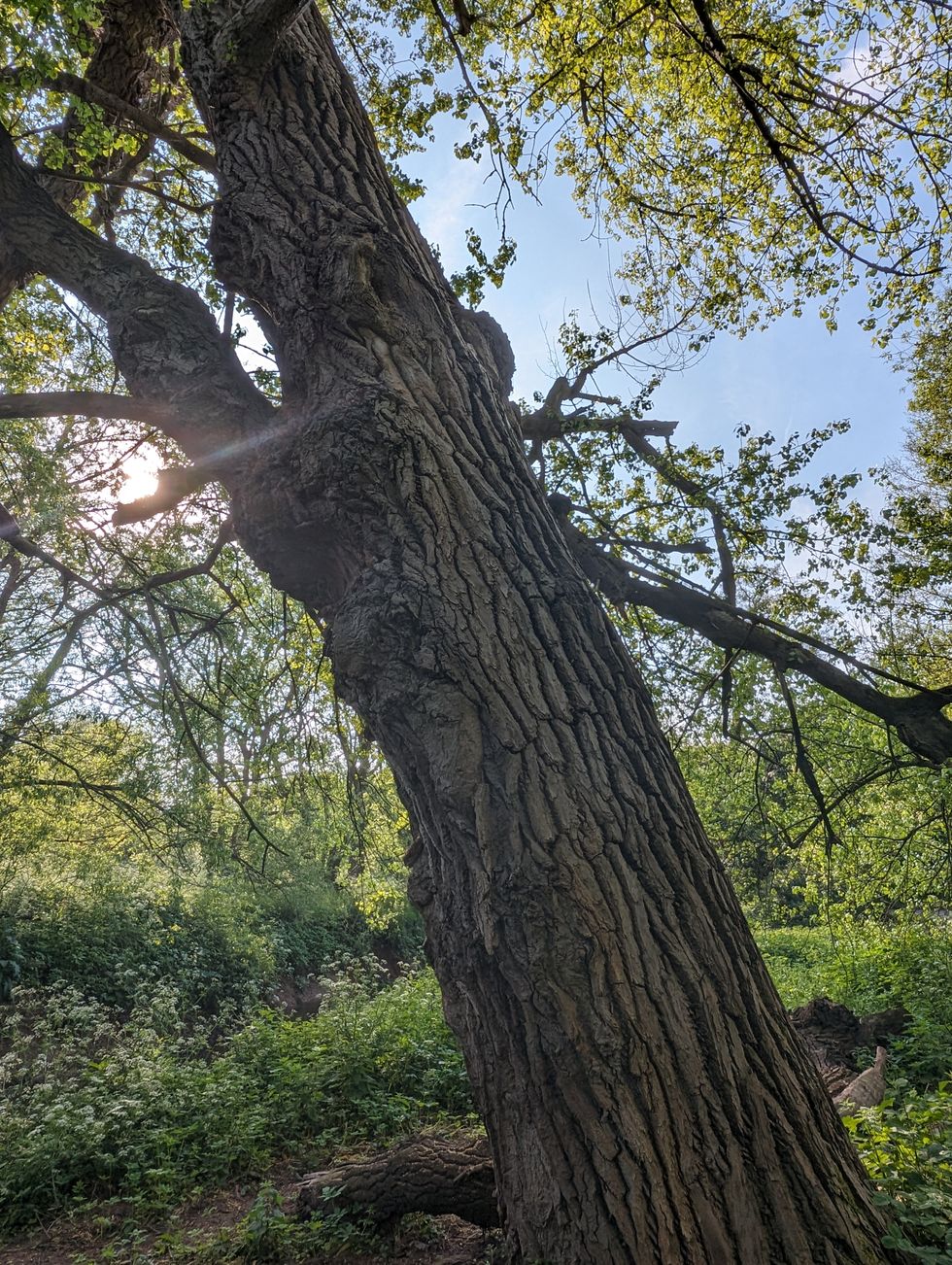 The black poplar has effectively died out in the wild
The black poplar has effectively died out in the wild

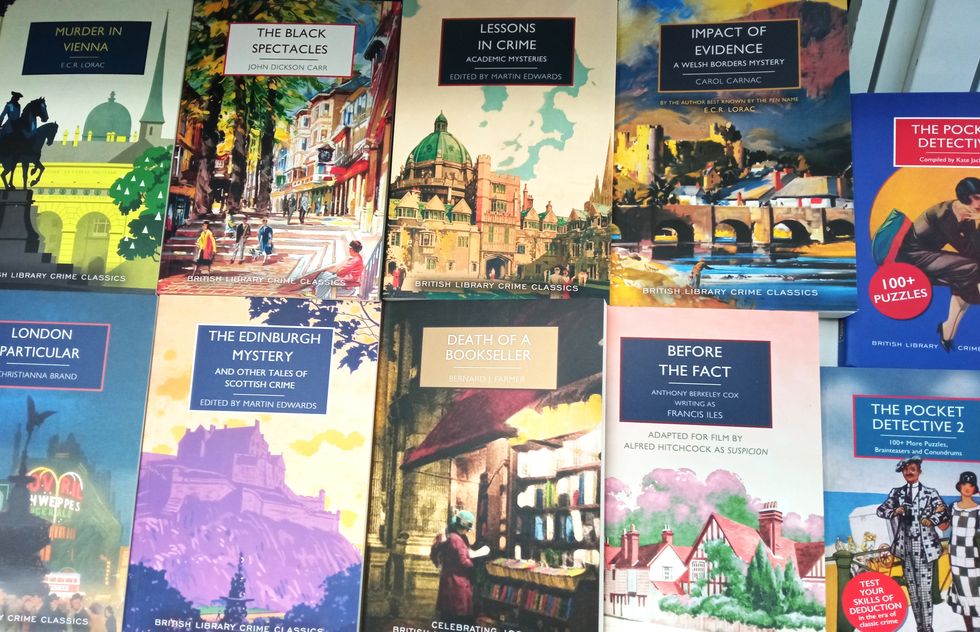 Some crime classics on display at the fair
Some crime classics on display at the fair